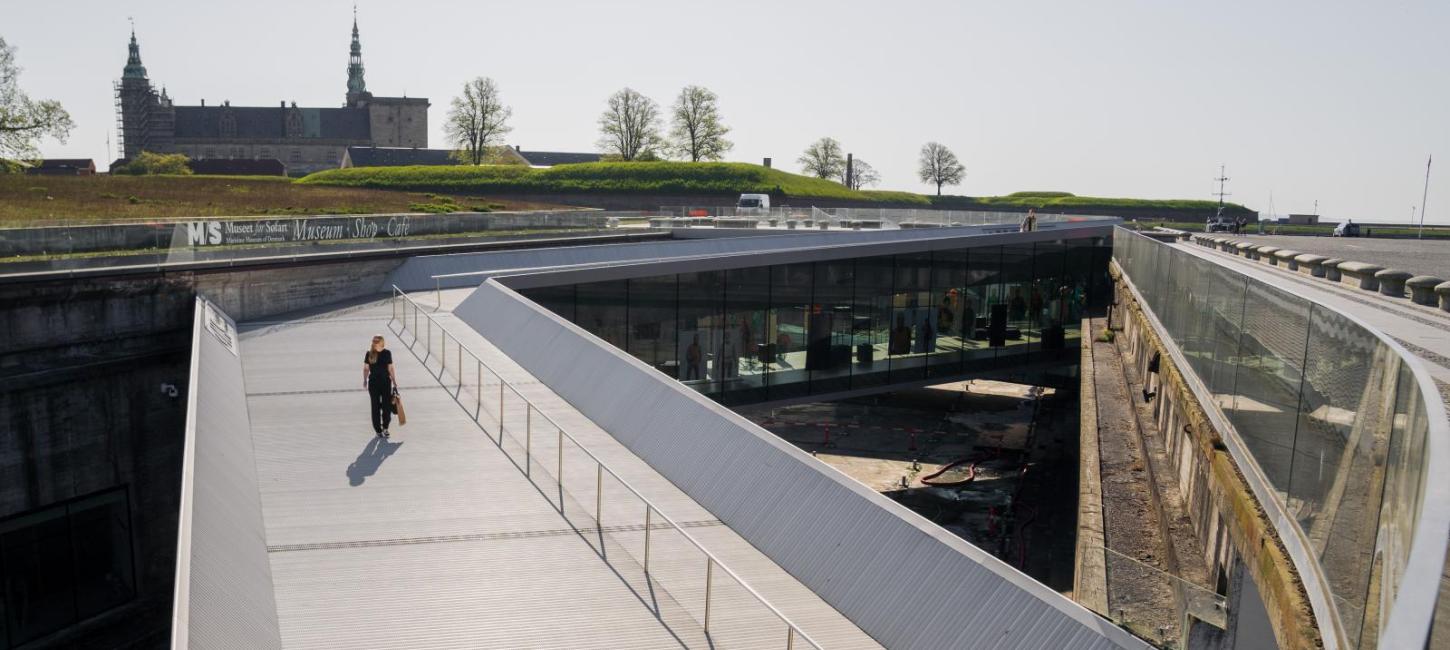
CONNECT – Mobility, Culture & Destinations
Tourism in Copenhagen creates broad value – and it has the potential to create even greater value for more people, both within and outside the capital destination.
However, it requires strong connections between the actors at the destination, and between the capital destination and the rest of Denmark, as well as the destinations we are connected to internationally.
At CONNECT, we are responsible for ensuring that Copenhagen’s tourism benefits even more people by strengthening joint destination development, particularly in the cultural area, by creating mobility and accessibility, and by promoting cooperation across the capital, Denmark, and the Baltic Sea. At the same time, we are responsible for ensuring that tourism development benefits the local community, an effort that spans all the initiatives below and Wonderful Copenhagen’s other work.
We do this through:
Development of cruise tourism in Denmark: Copenhagen has a particularly strong international position, which helps attract cruise ships to all of Denmark. With this starting point, we bring together the actors in Danish cruise tourism in the network Cruise Denmark – Copenhagen and beyond. Here, we collaborate across Danish cruise destinations, ports, and actors (a total of 48 partners) to strengthen and develop sustainable and responsible cruise tourism in Denmark for the benefit of the environment, citizens, and visitors.
Development of cruise tourism in the Baltic Sea: Many cruise ships visit several countries on their route. The Baltic Sea, as a unified cruise destination, competes with the Caribbean and the Mediterranean. Therefore, we bring together the large and small cruise destinations of the Baltic Sea (a total of 32 partners) in a common network, Cruise Baltic, which has its secretariat in Wonderful Copenhagen. Here, we collaborate to strengthen and develop cruise tourism across the Baltic Sea (excluding Russia). The focus is on developing sustainable and responsible cruise tourism through sharing knowledge, best practices, B2B dialogue, and cooperation with international shipping companies, as well as joint promotion of the Baltic Sea at trade fairs, FAM trips, etc.
Attracting new, direct flight routes: International accessibility to and from Denmark is crucial for many industries in Denmark. In fact, the tourism value of a flight route only constitutes a small part of the total value for society. But tourists and travel enthusiasm are crucial for whether an airline chooses to establish an intercontinental flight route to Denmark’s international airport rather than to another major city in Northern Europe. Through the route development programme, Greater Copenhagen Connected, we work to strengthen direct accessibility between Denmark and the rest of the world by developing direct intercontinental flight routes to Denmark’s international airport in Copenhagen from important cities and hubs around the world. We do this together with both Danish and Swedish partners.
Strengthening cooperation between Danish destinations: 16 Danish destination companies around the country are gathered in the industry organisation, Danske Destinationer, which has its secretariat in Wonderful Copenhagen. Here, we strengthen cooperation, knowledge sharing, and development across Danish tourism.
Development of urban tourism in Denmark: The four Danish cities cooperate through the national development company for urban tourism, Dansk Storbyturisme, which is anchored in Wonderful Copenhagen, according to the organisation of Danish tourism. In the context of Dansk Storbyturisme, we thus work together with the destinations for Aarhus, Aalborg, and Odense to develop urban tourism, including cultural tourism. This is done, among other things, through sharing knowledge and best practices with the aim of strengthening the Danish cities’ market shares in the global competition for urban travellers, who contribute a relatively large share to the total tourism revenue in Denmark.
Development of cultural tourism: Culture and tourism are interconnected. Cultural offerings are crucial in the international competition for urban tourists. At the same time, urban tourists provide significant income to museums and attractions, which again benefit the local community.
Local Communities and Geographical Distribution: We work strategically to ensure tourism development that benefits local communities. This includes tourism contributing to new local development and reducing the challenges associated with having many guests in the same place. Therefore, we work to create a greater geographical distribution of tourists, both across neighbourhoods and throughout the entire capital. We collaborate with citizens, local actors, and municipalities in the capital region on destination development, new experience contexts, and sustainable mobility, such as the promotion of cycling.

Director of mobility, culture & destinations (CONNECT)